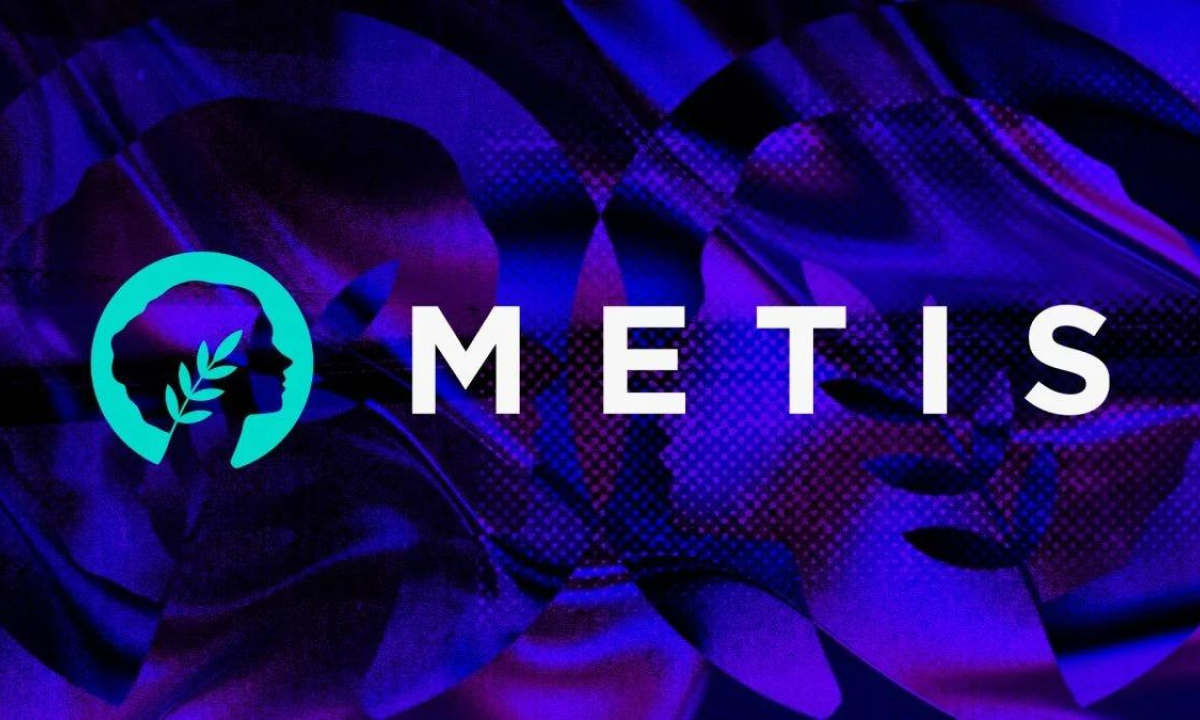Longstanding concerns in blockchain platforms that have frustrated the cryptocurrency movement may have now been solved once and for all with artificial intelligence. AI-enhanced DPOS (AIDPOS) makes use of self-learning neural networks to replace the human dependency of blockchains that ultimately cause them to be vulnerable to malicious actors. On top of all that, AIDPOS is also extremely scalable, allowing it to process high-volume transactions while still providing maximum security.
How AI-enhanced DPOS Works
AIDPOS employs sequences of algorithms to distinguish relationships and patterns in a set of data. The neural network can adapt itself with new input and work towards achieving optimal results.
Before being commercially engaged, the neural network utilizes a genetic algorithm to ideally maintain the platform and successfully create blockchains. The transactions in the blockchains are substantiated by the process of staking, in which the more cryptocurrency the actor has staked, the more likely he or she will be chosen to validate the blockchain. Validators earn financial rewards for their active participation in the network.
Neural networks, as part of the AIDPOS system, are used to make accurate decisions for the platform, including calculating the rewards for nodes’ operators and the time required for block formation. The amount of time until a new block is created is determined by the computed transactions per second (TPS). The more transactions being completed, the shorter the time until the next block formation.
The Enduring Problems that AI-enhanced DPOS Resolves
Blockchain companies, one of the most prominent examples being Velas, take advantage of the AIDPOS technology because its consensus algorithm solves some of the issues inherent to other blockchain platforms.
Cryptocurrency users fear the 51% attack, which has the potential to occur when one or several collaborating actors control a majority share of the currency. In controlling more than half of currency, they can hypothetically rewrite the distributed ledger to allow the “double spending” of coins. This high-tech counterfeiting, however, is prevented by the AIDPOS consensus approach, in which evolving AI intelligence regulates the formation of blockchains.
In addition, because the AIDPOS consensus requires those validating the blockchains to have coins “staked” on the network, it provides an incentive to participate in good faith in the process, as well as financially reward them. Because those forging and processing blockchains have skin in the game, so to speak, it builds a trusted network of blockchain validators.
Perhaps most important of all, AIDPOS technology can mitigate these security concerns while still maintaining a decentralized platform. After all, what attracts many cryptocurrency users is the fact that there isn’t a central body or institution controlling it.
Blockchain platforms need to continually adapt to meet the changing needs and security concerns of cryptocurrency. Fortunately, the act of adapting is at the heart of the self-learning technology of the AI-enhanced DPOS (AIDPOS) method of achieving consensus. With removing human fallibility, AIDPOS tackles blockchain problems that have haunted the industry for years. With such innovation, the future of cryptocurrency looks exponentially promising.
Investment Disclaimer







